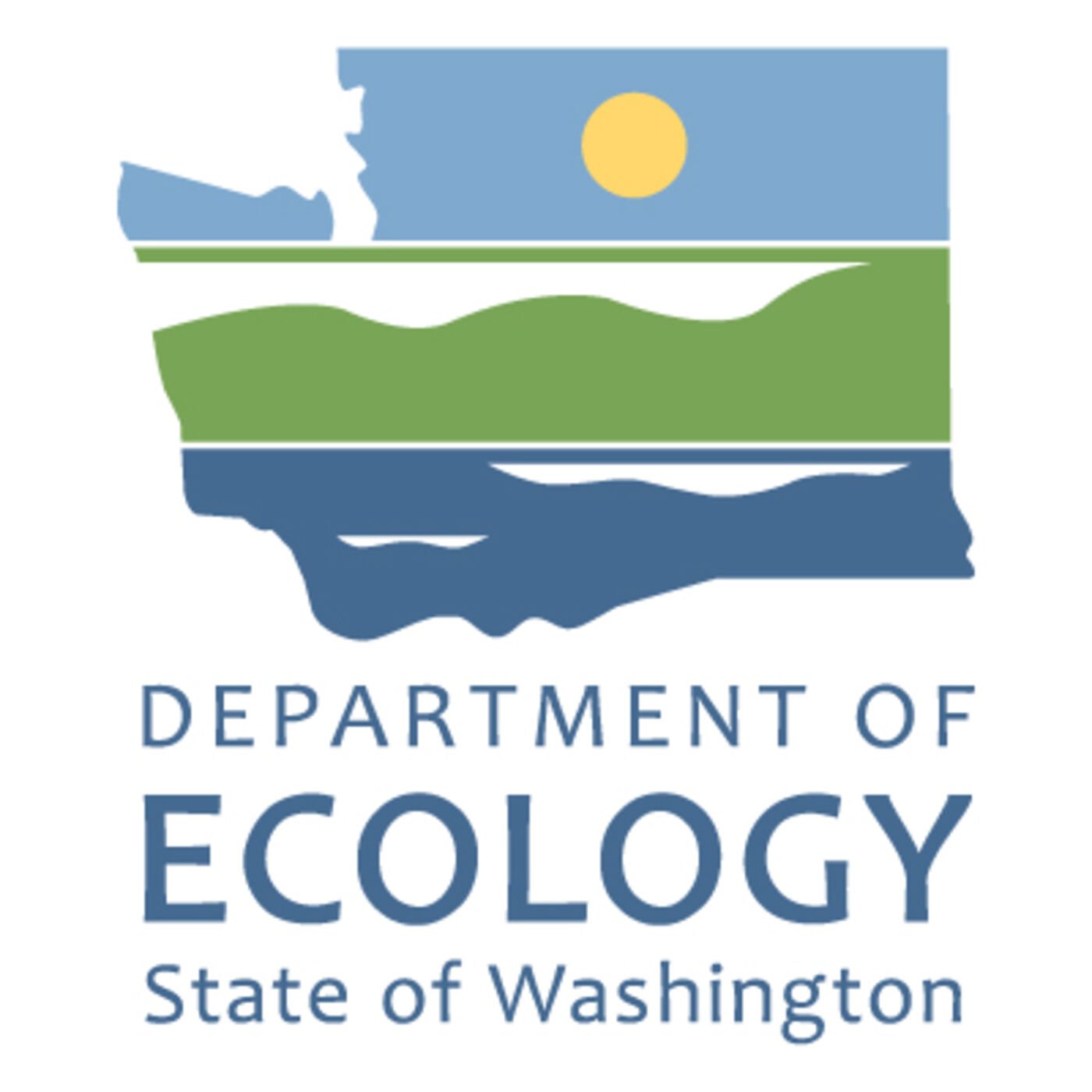Trees for resilience: Urban FOREST AND TREE Canopy
The Puget Sound region has become one of the fastest growing areas in terms of population and development. The expansion of impervious surfaces, often coupled with grading and tree removal, has increased stormwater runoff volumes, which contribute to flooding, erosion, and water pollution.
Fortunately, tree canopy in urban areas can reduce stormwater volume and filter water, while also providing wildlife habitat, shade, and improved air quality, human health, and livability. However, growth planning, management policies, and implementation practices rarely embrace trees as a part of the stormwater solution.
Retaining and planting urban tree canopies is beneficial to all of us living in the Puget Sound region. It must be a collaborative effort, including urban forestry and stormwater management professionals, policy makers, implementers, developers, community stakeholders, and residents. We need everyone to be a part of the stormwater solution!
The Trees for Resilience Toolkit
The Snohomish Conservation District, Terra Firma Consulting, and The Keystone Concept, in partnership with Whatcom Conservation District, cities, state agencies, the Tulalip Tribes, and nonprofit partners, developed the Trees for Resilience Toolkit. This web-based toolkit will help regional decision-makers, planners, and managers integrate urban forests and tree canopy into the fabric of their communities for greater livability and resilience.
The Puget Sound Urban Tree Canopy and Stormwater Management Handbook
Urban forestry and stormwater management professionals were brought together by King Conservation District to investigate modeling tools that show the benefits of utilizing tree canopies in green stormwater infrastructure strategies. Through this collaboration, the Puget Sound Urban Tree Canopy and Stormwater Management Handbook was born. The Handbook offers well-researched information such as the multiple benefits of urban trees and findings of a tree canopy/hydrology modeling study (see the Puget Sound Urban Tree Canopy and Stormwater Management Technical Report). It also provides case studies of the advantages of collaboration across disciplines when designing and implementing green stormwater infrastructure.
Thank you to the Department of Natural Resources for funding our green infrastructure city tours and the Handbook webinar.
This project has been funded wholly or in part by the United States Environmental Protection Agency under assistance agreement PC-01J18101 to the Washington State Department of Ecology. The contents of this document do not necessarily reflect the views and policies of the Environmental Protection Agency, nor does mention of trade names or commercial products constitute endorsement or recommendation for use.





